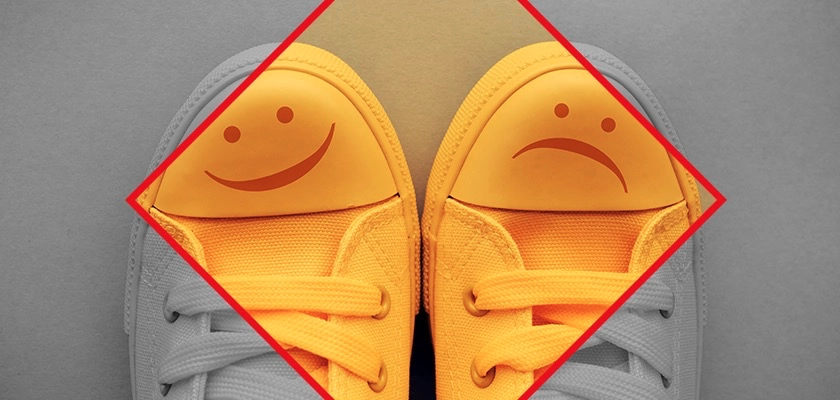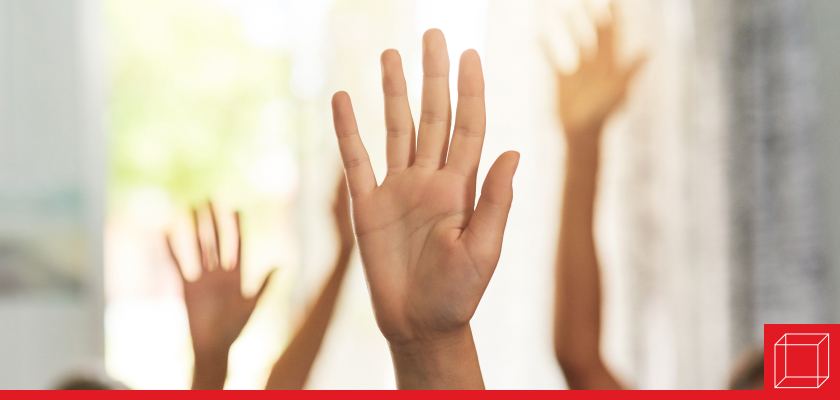Keeping Connections in Social Isolation
We may be isolating ourselves to keep each other safe, but we can still keep in touch and enjoy our time at home.

Understanding the difference between social distancing and social isolation is important to our well-being. Social distancing is increasing the space around us to avoid spreading illness (Maragakis, 2020). Social isolation is not loneliness. “It is an objective state whereby the amount of contacts a person has can be counted, whereas loneliness is a subjective experience” (No Isolation, 2017, p. 1).
There are many effects that one experiences during social distancing and isolation. We have been faced with a pandemic that we have never had to deal with in our lifetime. This has pushed us to isolate from family, friends, and colleagues. While we live in a technological-savvy world, it is not the same as fulfilling the need to belong to our groups that we interact with daily. We have a biological imperative to form bonds with other living beings. We are genetically predisposed to seek affection (Nelson III, 2010). Understanding the effects that social isolation can have on our mental health provides us with the insight to break through our days with success and a sense of belonging.
Social isolation affects our mental well-being. While we are disconnected from our “normal” lives, there are several things that we can do to stay mentally strong. Normal day-to-day activities include things like:
- regular face-to-face interaction
- laughter and communication between individuals
- affectionate bonding
Breaking up the mundane routine that you may have slipped into since social distancing was put into effect can help maintain good health. It is important to:
- Get up every morning with a purpose or goal. What can you complete today that you may not have had time for in your otherwise busy life?
- Try to maintain a routine to your day. Set a schedule that you can adhere to each day of the week.
- Maintain relationships through phone, email, text, FaceTime, and other online media to stay connected. “Research shows it’s good for your body to see your loved ones’ faces and hear their voices—even if it’s not in person!” (Boulet, 2020, p. 1).
- Make time for exercise. This can be through various activities around the house, chores, or daily walks in your neighborhood.
- Connect with your neighbors. You can stay in your own yard and talk, write a note leaving your phone number, or offer to help pick up a few groceries (when you make your essential trip to the market).
- Take a virtual trip. Many places such as museums and art galleries are offering virtual tours.
Technology is not going to offer the same effect as in-person communication will, but it can help alleviate an isolated feeling. Research confirms that half-a-million older people frequently experience prolonged phases of isolation, going five or six days a week without seeing or speaking to anyone at all (Independent Age, 2020). Making the effort to stay connected during this time of social distancing can also help others get through their day and not feel so alone.
We have such a unique opportunity to use this time to our advantage to do things we normally do not have time for, such as:
- start a new hobby
- do some yard work
- read a book
- watch your favorite movie or TV shows
- listen to some new music or watch music videos
- learn a new language
The virtual world offers so many opportunities for us to stay connected. While this may be a scary time for many of us as we face an uncertain future, we are facing it together. Know that you are not alone and the daily struggles you are facing, others are, too. This is why it is more important than ever to reach out to others, lean on each other for support, and be “present” at a distance.
This time will pass, and we will soon connect with one another again. In the meantime, stay healthy, strong, and maintain contact with one another.
Sources:
Boulet, M. (2020, March 16). Social distancing is good right now. Social isolation is not. Retrieved from Tacoma-Pierce County Public Health Department: https://www.tpchd.org/Home/Components/Blog/Blog/21409/333
Independent Age. (2020, March 13). Coronavirus and social isolation. Retrieved from Campaign to End Lonliness: https://www.campaigntoendloneliness.org/blog/coronavirus-and-social-isolation/
Maragakis, M. M. (2020, April 11). Coronavirus, Social and Physical Distancing and Self-Quarantine. Retrieved from John Hopkins Medicine: https://www.hopkinsmedicine.org/health/conditions-and-diseases/coronavirus/coronavirus-social-distancing-and-self-quarantine
Nelson III, C. (2010, January 31). Feral Children part 4. Retrieved from YouTube: https://www.youtube.com/watch?v=hKVYaOI-6RY
No Isolation. (2017, April 18). What is Social Isolation? Retrieved from No Isolation: www.noisolation.com/global/research/what-is-social-isolation/



